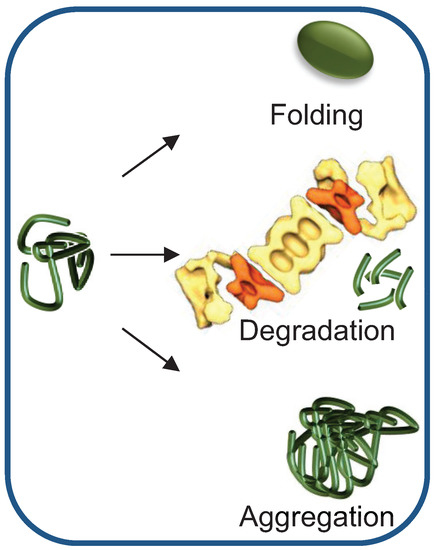

They’re not all badīut Jarosz knew that not all prions are bad. A human version of the disease, called variant Creutzfeldt-Jakob disease, can result from eating beef products from infected cattle. In the case of mad cow disease, a prion leads its normal brethren to fold in a way that leads to tissue damage in the brain and spinal cord of cattle. That means the offspring will also display the new behavior, a result of inheritance perpetuated not through the standard means of DNA but instead by way of proteins. Furthermore, when a cell divides, both new cells are likely to carry prion proteins that will continue to spur conversions. The upshot is that a single prion can quickly convert many others to assume the same shape - and since a protein’s shape dictates its behavior, that means the prion converts the other proteins’ behavior as well. “Once it catches on with a couple of kids it spreads rapidly to other teenagers. “I sometimes liken it to a spreading fashion trend among teenagers,” said Jarosz. Other prions of its kind follow suit, using the original as a template. These chaperones wrap around prions and fold them into a shape that kicks off a chain reaction of sorts. Let’s consider this scenario in a bottle of beer on a hot summer day: When some of the yeast cells floating in your beer get stressed, in this case by the blazing sun, they begin producing large quantities of proteins called molecular chaperones - or proteins that help other proteins fold. To understand his hunch, you need to know a bit about how prions work. The new study suggests this could be the case. Jarosz had a hunch that prions might be part of the answer. How can you reconcile that need with the fact that the raw material for that innovation is really limited?” But we also know that evolutionary success requires adaptability.
#CHAPERONE PROTEINS IN MAD COW DISEASE CODE#
“We know that there are an extraordinary number of mechanisms that exist to protect the integrity of the genetic code and to assure that it’s faithfully passed on to future generations.

“In evolution there’s a paradox,” said Daniel Jarosz, PhD, assistant professor of chemical and systems biology and of developmental biology, who is lead author of the study. 6 issue of Cell and already available online, indicates that in yeast, and possibly other organisms, including humans, protein-based inheritance is more widespread than previously believed - and could play a role in evolution. Prion proteins, best known as the agents of deadly brain disorders like mad cow disease, can help yeast survive hard times and pass the advantageous traits down to their offspring, according to a new study by researchers at the Stanford University School of Medicine.


 0 kommentar(er)
0 kommentar(er)
